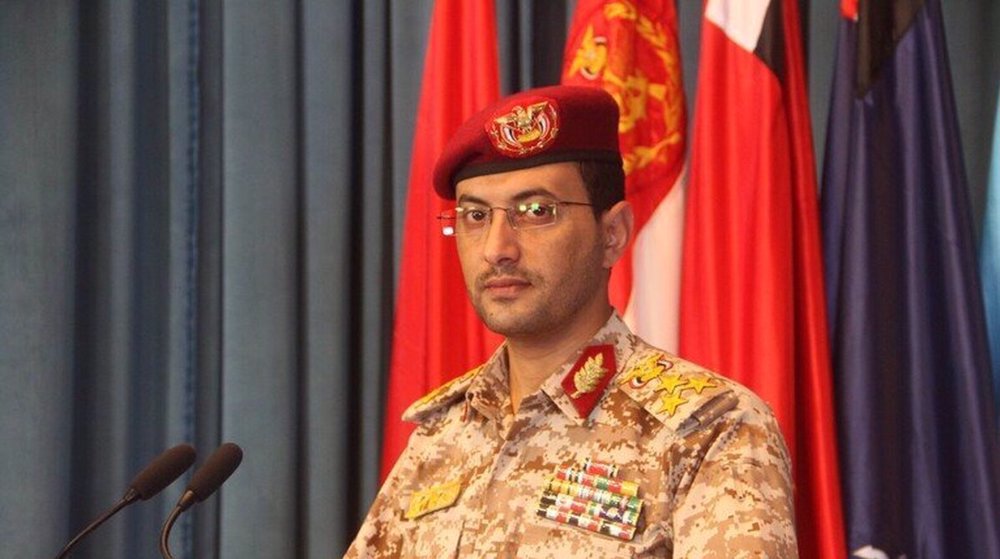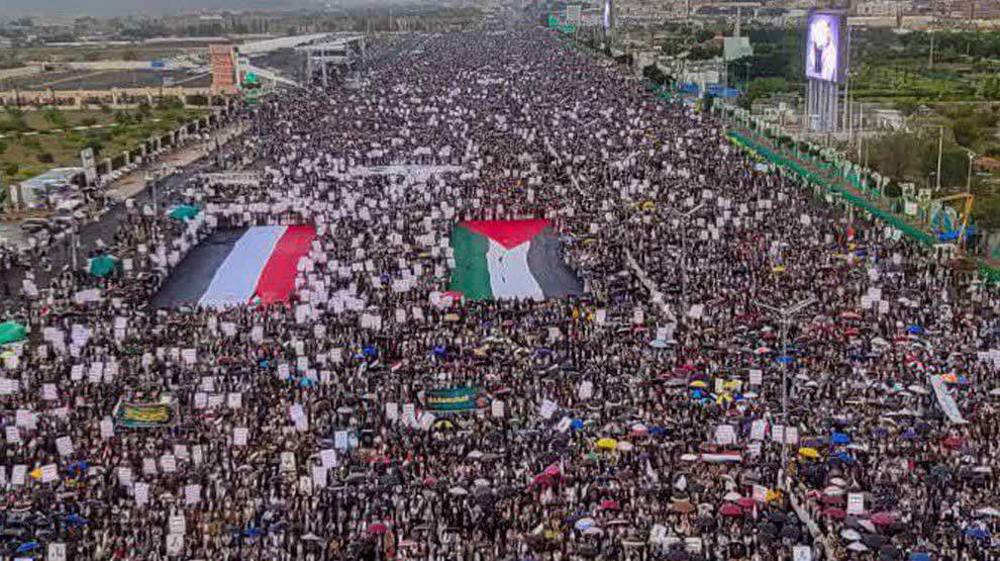Where do Yemeni missiles come from?
Saudi Arabia’s brutal military aggression against Yemen has taken quite a few drastic turns ever since its beginning in March 2015. The deadly war has seen Saudis use illegal weapons such as cluster bombs over populated areas without any raised eyebrows in the West. The war has also seen the Riyadh regime’s allies such as the US and the UK ramp up their arms deals with the monarchy despite international outcry. All of this, however, has been overshadowed by one question the answer to which has so far defied observers: How did Yemen’s Ansarullah fighters lay their hands on ballistic missiles? How did the militiamen acquire the know-how to maintain, launch and even upgrade their arsenal?
Ever since the Yemeni forces unveiled their game-changing capability, Saudi Arabia and its allies, including the United States, have been furiously pointing their fingers at Iran, accusing it of providing the Houthis with advanced missiles and the technical knowledge required to operate them.
Nikki Haley, the US ambassador to the United Nations, has even held a televised demonstration of purported debris of a Yemeni missile that escaped all US-provided Patriot missile defenses and landed close to King Khalid International Airport near Saudi Arabia's capital, Riyadh, last November.
Saudis knew well that the tit-for-tat attack meant only one thing: Yemenis were indeed able to fire a ballistic missile from over 600 miles (more than 965 km) and successfully land it on a target deep inside the kingdom.
But was the answer that simple? Has Iran been able to sneak missile parts into Yemen even though the impoverished country’s important ports and airports are under a strict blockade by Saudi military forces to the point that aid shipments and even medical crew sent to the country seldom get the chance to actually enter the country and help soothe the humanitarian crisis that is in full swing there?
A typical Scud missile, a Soviet-era missile with a limited range that Yemeni forces have based their domestically developed Borkan-2 missiles on, is more than 11 meters (~37ft) long and weighs between 4 and 6.5 tons depending on its type.
Smuggling a large and heavy piece of weaponry of this scale into Yemen is quite a feat, specially when taking into account that Yemeni forces are certainly in possession of tens and maybe even hundreds of this family of missiles.
It is a mission that to complete it would be rather flattering and would speak to the lacking skills of a Saudi-led coalition, which has been ferociously bombing Yemeni civilians and paying mercenaries for more than three years to reinstate their staunch ally, Yemen’s former president, Abd Rabbuh Mansur Hadi.
There are, however, other sides to this story that the West is leaving out in order to create a stronger case against Iran.
Take North Korea for example, a self-proclaimed missile power that has long been producing and upgrading Scuds and has probably sold them to other countries as well.
Going back in history, a rather close relationship can be traced between North Korea and Yemen, under former President Ali Abdullah Saleh.
North Korea supported South Yemen, which had a communist past, against North Yemen during the war between the two sides.
However, Pyongyang and Sana’a kept in touch seemingly after 1992, when Saleh became the unified Yemen’s first president.
Military ties between the two sides took the spotlight in 2002, when Spain announced that it had intercepted a ship carrying Scud missiles from North Korea to Yemen.
Under pressure from the West, Saleh’s government announced at the time that it would end all military ties with Pyongyang and said it had only accepted the missiles to fulfill pre-existing contracts.
The president barely escaped death in a 2011 assassination attempt and was eventually succeeded by Hadi.
Saleh, an opponent of Hadi, voiced support for Houthis once they took over from the fugitive president in 2014.
The support, however, soon frayed and Saleh was eventually killed by popular forces for creating “chaos” in Yemen through cooperating with “militias of aggression.”
In December 2015, a South Korean intelligence official claimed Pyongyang had provided Yemen and specifically Houthi fighters with no less than 20 Scud missiles.
Brigadier General Ramezan Sharif, spokesman for Iran's Islamic Revolution Guards Corps (IRGC), said in December that Yemen was already in possession of North Korean and Soviet missiles before the Saudi war began.
Russia has also doubled down on this stance, noting that Yemen had extensive military ties with missile powers under Saleh.
“Yemen hosts a pile of weapons from the old days, many countries competing to supply weapons to Yemen during the time of President Saleh, so I cannot give you anything conclusive,” Nebenzia said when asked if US and Saudi claims against Iran were conclusive.
VIDEO | Press TV's news headlines
US troopers crack down on pro-Palestinian protests at University of Texas
VIDEO | German warship departs Red Sea as EU 'naval mission' fails
VIDEO | Palestinians inspect rubble of destroyed building in Rafah
Yemeni forces strike US, Israeli vessels in fresh pro-Palestinian operations
‘Say no to Biden’: US college being pressed not to endorse genocide
VIDEO | UN: Alarming food insecurity crisis grips Afghanistan
VIDEO | Stuck in quagmire













 This makes it easy to access the Press TV website
This makes it easy to access the Press TV website